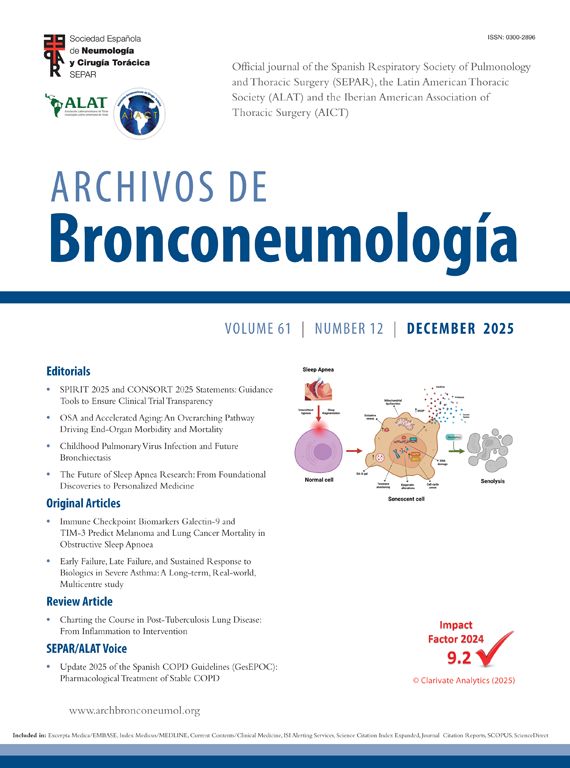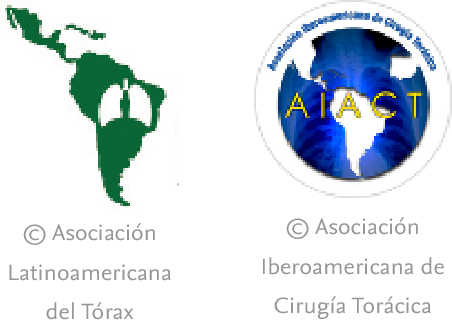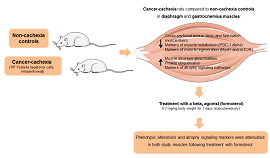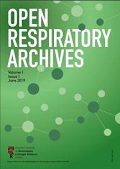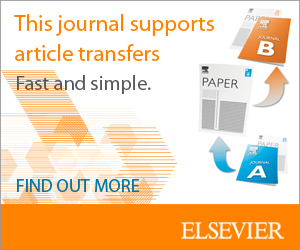The improvement in quality of life (QoL), together with better survival, is a crucial step in the therapeutic management of patients affected by chronic diseases. Regarding pulmonary arterial hypertension (PAH), patients tend to have a poor QoL, which can be significantly improved by specific combination therapies.1 However, to date, few clinical studies have evaluated the effects of PAH treatment from the patient perspective and the correlation between QoL and objective functional parameters.
To fill this gap, A. Martínez-Menaca et al.2 proposed an interesting prospective study including 37 prevalent PAH patients, with the aim of evaluating the relationship between patients’ quality of life, assessed by three different questionnaires (emPHasis-10, EQ5D, and analogic scale of health perception), and their functional capacity, assessed through cardiopulmonary exercise testing (CPET). In the study, patients included were classified as low, intermediate and high risk according to CPET variables.
The additional value of CPET in risk stratification of PAH patients has emerged in recent years. In this regard, Badagliacca et al. highlighted the prognostic relevance of peak oxygen uptake (VO2 peak) and O2 pulse in the follow-up of PAH patients, showing that:
- -
PAH patients with lower O2 pulse values, combined to clinical, hemodynamic, and echocardiographic parameters, have higher risk of clinical worsening, compared to patients with high O2 pulse (p<0.05)3;
- -
The combination of VO2 peak>15.7ml/kg/min (≥60% predicted) and change in cardiac index of 0.40L/min/m2 allows the identification of PAH patients at lower risk of clinical worsening.4
These findings sparked the interest of the ESC/ERS 2022 task force, which included peak VO2 and VE/VCO2 parameters in the three-strata model recommended for the baseline assessment of PAH patients.
As underlined by Martínez-Menaca and colleagues, the assessment of PAH patients is multifaceted, involving a combination of tests such as CPET and QoL questionnaires. Surprisingly, the majority of PAH patients enrolled in the study had good quality of life regardless of the questionnaires used. Nevertheless, the study did not show any statistically significant correlation between the QoL e and the most relevant CPET variables.
Some observations may help the reader in the interpretation of the results of this study:
- -
The mean peak VO2 values of the study population are relatively high, ranking a low-risk class according to the three-strata model of ESC/ERS guidelines;
- -
Among the items included in the questionnaires there is walking. Nevertheless, as proved by Valli et al., this activity has a markedly different impact on functional capacity compared to cycling5;
- -
The study included only prevalent patients, mostly young (52.5±12.8 years) and treated with dual or triple combination therapy (78.3%). This may partially explain the good quality of life of the study cohort.
Despite limitations, including the small sample size, single-center design and risk stratification assessed only by CPET variables, this study paves the way for further larger-scale research, addressing the interesting correlation between functional capacity and QoL in PAH patients.
Authors’ contributionsAll authors have participated sufficiently in the work to take public responsibility for the content. All authors made substantial contributions to the conception or design of the work and revised the manuscript critically for important intellectual content. All authors gave final approval of the version submitted for publication.
FundingThe study has not been funded.
Conflict of interestC.D. Vizza reports personal fees from GSK, UT, Dompè, Bayer, MSD, outside the submitted work. Other authors have nothing to disclose.

